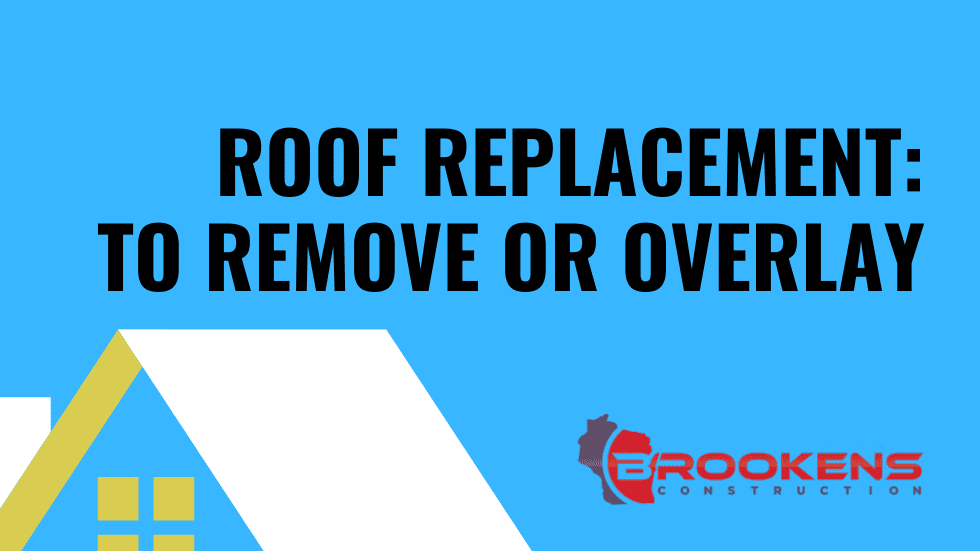When considering a roof replacement, one key decision involves whether to remove the old roof before installing the new one. Deciding on complete removal offers several advantages. Firstly, it provides a clean slate for the installation of the new roofing materials. This is beneficial when addressing underlying issues such as water damage, rot, or the presence of multiple roofing layers. By starting fresh, contractors can thoroughly inspect and repair the underlying structure, ensuring a solid foundation for the new roof.
Identifying Structural Issues: A Necessary Assessment
One compelling reason to remove the old roof is the opportunity to identify and address any structural issues. Over time, roofs may develop problems such as damaged decking or compromised underlayment. These issues are often invisible without removing the existing roofing material. By opting for removal, homeowners and contractors gain a comprehensive view of the roof’s condition, allowing for repairs that contribute to the longevity of the new roof.
Cost Considerations: Weighing the Financial Impact
Cost of roof removal plays a crucial role in decision-making. Removing the old roof incurs additional labor, disposal, and time expenses. In some cases, especially when the existing roof is in relatively good condition, installing a new layer over the old one might be a cost-effective alternative. However, it’s important to weigh these short-term savings against the potential long-term costs of neglecting underlying issues that could lead to more extensive damage.
Roof Overlay Installation: When to Consider a Second Layer
In certain situations, installing a new roof layer over the existing one, known as overlay or re-roofing, might be a good option. This method can save on removal costs and speed up the installation process. However, there are a few extra things to consider. Overlaying is generally recommended when the existing roof is in good condition, with no significant structural issues. Additionally, local building codes may limit the number of allowable roof layers, making it essential to check regulations before choosing this approach.
Making an Informed Decision for Your Roof
Deciding whether to remove the old roof before installing a new one involves a careful assessment of factors such as structural integrity, cost considerations, and adherence to local building codes. While complete removal offers a clean slate and the opportunity to address underlying issues, overlay installation can be a practical and cost-effective solution in certain scenarios.
Ultimately, consulting with a professional roofing contractor is the best choice. Their expertise can provide valuable insights into the specific needs of your roof, guiding you toward the most suitable option. Whether you choose a fresh start with removal or opt for overlay installation, making an informed decision ensures the longevity and resilience of your new roof.

